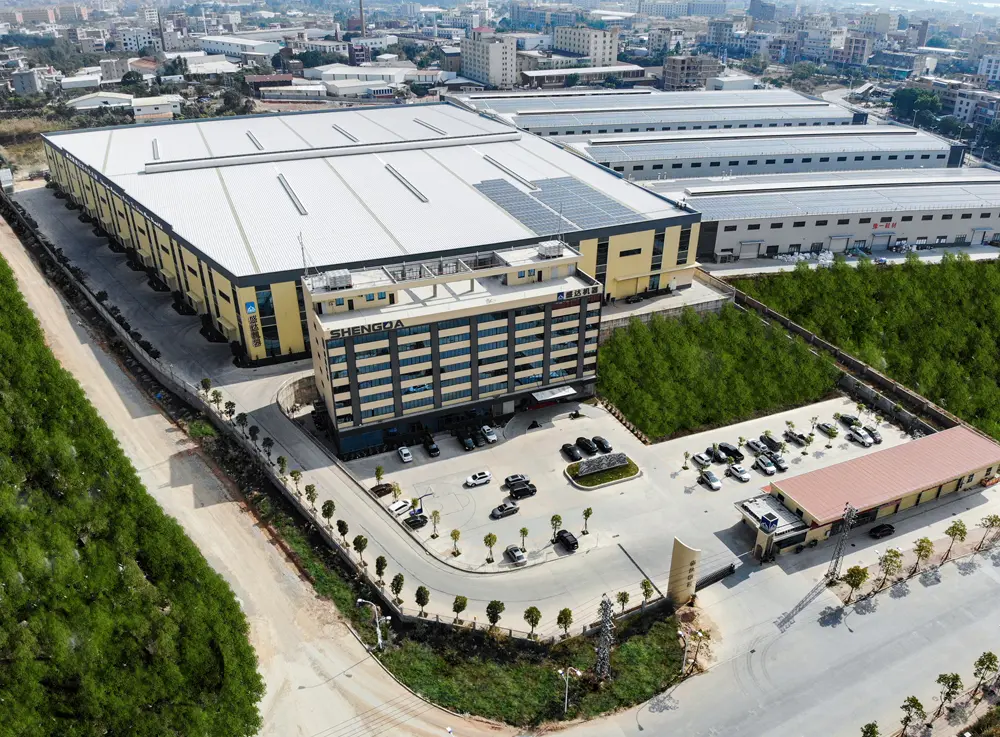Working Process and Technical Specifications of sand casting molding machine
Mold Preparation
High-grade aluminum alloy or ductile iron molds are precision-machined via 5-axis CNC systems, achieving surface roughness below Ra 1.6μm. The split-type design incorporates draft angles (typically 1-3°) and machining allowances (0.5-2mm) to facilitate demolding. Industrial applications often employ coated molds with zirconia-based refractory layers to extend service life beyond 50,000 cycles.
Sand Filling & Molding
Chemically bonded silica sand (85-95% SiO₂) is mixed with 3-5% bentonite clay and 2-3% water for optimal green strength. Automated flaskless molding machines apply 0.7-1.2 MPa compaction pressure, achieving mold hardness of 85-95 on the B-scale. For engine block castings, sodium silicate-CO₂ hardened cores with venting channels are inserted before mold closure.
Mold Assembly & Fixation
Robotic vision systems align mold halves within ±0.2mm tolerance, while interlocking locator pins maintain gating system registration. Heavy-duty C-clamps exert 15-20kN clamping force, supplemented by weight blocks for large molds (>500kg). Foundries increasingly use electromagnetic locking for high-volume production.
Pouring
Computer-controlled tilt-pour furnaces maintain metal superheat at 50-80°C above liquidus temperature. Advanced systems feature laser-level sensors and PID-controlled flow gates, achieving pouring rate stability within ±2%. For aluminum alloys (A356-T6), typical pouring speeds range 1-3 kg/sec to minimize turbulence.
Cooling & Solidification
Solidification time follows Chvorinov’s rule (t = k·(V/A)²), where k-values vary from 0.5 min/cm² for thin sections to 2.5 min/cm² for heavy castings. Strategic placement of exothermic risers (15-20% of casting volume) compensates for shrinkage in critical zones.
Shakeout & Cleaning
Vibratory conveyors with 5-10G acceleration separate 90% of sand for thermal reclamation. Multi-stage cleaning includes rotary tumblers for initial deburring, followed by robotic abrasive blasting using 0.3-0.6mm steel grit at 60-80 psi.
Inspection & Post-Processing
Coordinate measuring machines (CMM) verify critical dimensions to ISO 8062 CT8-10 standards. X-ray tomography detects internal defects down to 0.5mm resolution. T6 heat treatment for aluminum involves solutionizing at 540°C±5°C followed by artificial aging.
Core Advantages:
Geometry flexibility enabling hollow structures (e.g., pump impellers with 0.5mm wall thickness)
Material versatility spanning ferrous/non-ferrous alloys (HT250 gray iron to AZ91D magnesium)
40-60% lower tooling costs vs. die casting for prototypes
Limitations & Mitigations:
Labor intensity reduced via automated sand handling systems
Mold disposability addressed through 85-90% sand reclamation rates
Surface finish limitations (Ra 12.5-25μm) overcome by precision machining
Quanzhou Juneng Machinery Co.,Ltd. is a subsidiary of Shengda Machinery Co.,Ltd. specializing in casting equipment.A high-tech R&D enterprise that has long been engaged in the development and production of casting equipment, automatic molding machines,and casting assembly lines.
If you need sand casting molding machine, you can contact us through the following contact information:
Sales Manager : zoe
E-mail : zoe@junengmachine.com
Telephone : +86 13030998585
Post time: Aug-28-2025

